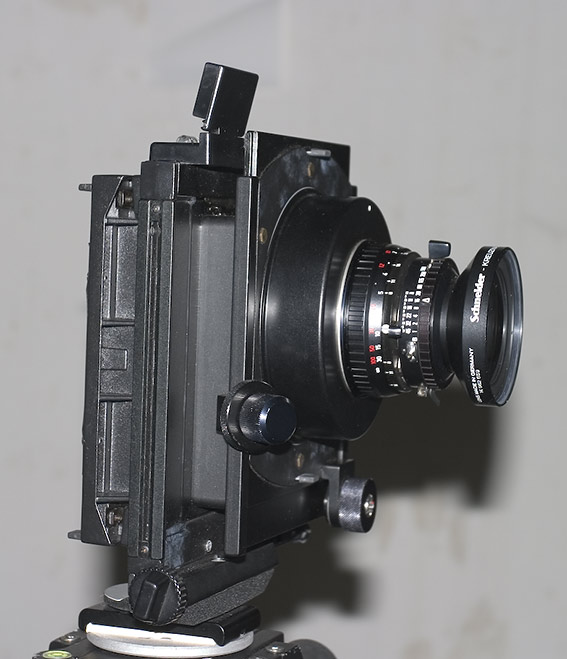Georg R. Baumann
Inactive
Here I am, trying to improve my skills in Landscape photography and pondering about my next steps.
The world of Linhof and so on is new to me, and I would like to hear what you ahve to say to this question.
Am I correct to assume, using a camera like Linhof Mastertechnica with a good Schneider or Rodenstock glas, have it developed, scan it, bring it into photoshop, will give me a much higher resolution than from any digital back available these days. Would that be correct?
Then there is the advantage of near-far focus.
But what are the pitfalls for one who considers to make a step into this world? I guess there are many. Let aside the development of the picture, I probably would have to send Rollfilms to England. I would need a really good scanner as well.
All this appears to be a giant hurdle at a glance. Let aside the learning curve to use a view camera.
Then again, if I am to strive for the best technically possible quality in prints, is there any way around using a view camera these days?
Your input is much valued. Thanks!
The world of Linhof and so on is new to me, and I would like to hear what you ahve to say to this question.
Am I correct to assume, using a camera like Linhof Mastertechnica with a good Schneider or Rodenstock glas, have it developed, scan it, bring it into photoshop, will give me a much higher resolution than from any digital back available these days. Would that be correct?
Then there is the advantage of near-far focus.
But what are the pitfalls for one who considers to make a step into this world? I guess there are many. Let aside the development of the picture, I probably would have to send Rollfilms to England. I would need a really good scanner as well.
All this appears to be a giant hurdle at a glance. Let aside the learning curve to use a view camera.
Then again, if I am to strive for the best technically possible quality in prints, is there any way around using a view camera these days?
Your input is much valued. Thanks!




